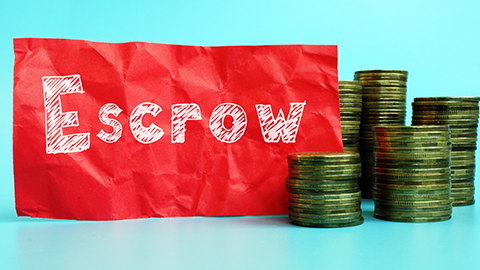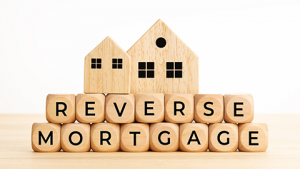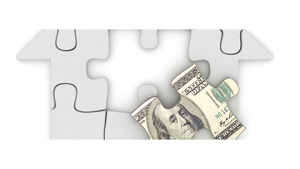
What is Escrow?
As a homeowner, you are responsible for expenses beyond your mortgage payment such as property taxes, homeowner insurance and mortgage insurance. Put simply, an escrow account is set up by your lender and helps you budget for these expenses by including them in your monthly mortgage payment.
How Does Escrow Work?
First, your lender adds up your additional home-related costs outside your mortgage payment, including property taxes, homeowners insurance, mortgage insurance and flood insurance. Then, they divide the total cost of these payments by 12 months and add it to your monthly mortgage payment.
With an escrow account, you make one monthly payment that includes your mortgage principle and interest, plus a percentage of your insurance and tax expenses. Every time you make a mortgage payment, your escrow account grows. When insurance and tax payments are due, your lender uses the money in your escrow account to pay those bills.
Is an Escrow Account Required?
Most lenders require escrow accounts on mortgages where you pay less than 20 percent down. Your escrow account is set up at closing and allows you to pre-pay the required insurance and taxes for the following year.
If you put more than 20 percent down and decide not to open an escrow account, you will need to pay your property taxes and insurance premiums as lump sums. Depending on the value of your home, these payments can cost several thousand dollars each year. Make sure to budget for these costs so they do not catch you by surprise.
Escrow Management: Can my payment change over time?
Yes, if there are changes in insurance costs and taxes, your escrow payment will also change.
Your lender will review your escrow annually. The review looks at updated taxes and insurance costs to ensure the amount paid into the account is enough to cover costs. If costs have decreased, due to a change in insurance for example, there may be an overage and you will be issued a refund. If costs have increased, you will be required to make up the difference.
There are two ways to manage escrow payments if costs increase:
- Pay the difference in one lump sum. Your full payment covers the past payments and brings your account to balance. An increase in monthly payments is still necessary to cover the increased costs in the future, but you will not have to pay the shortage in future payments.
- Divide and pay the amount over the next 12 payments. Paying back your shortage over time will increase your monthly payment because you are paying the shortage plus the increase in costs over the next year. This option will increase your payment by twice what the previous option would increase.
Financially Fit Tip: Shop Around for Insurance
To reduce how much your escrow fluctuates from year to year, review your homeowner’s policy and insurance plans. It is always a good idea to comparison shop and request quotes. If you find a better deal, contact your lender to update your escrow account information.
Lenders at RCB Bank are happy to help answer questions even if you are not a customer. Give us a call or visit our online Mortgage Center.
Opinions expressed above are the personal opinions of the author and meant for generic illustration purposes only. For specific questions regarding your personal lending needs, please call RCB Bank at 855-BANK-RCB. With approved credit. Some restrictions apply. Equal Housing Lender, Member FDIC. RCB Bank NMLS #798151.


